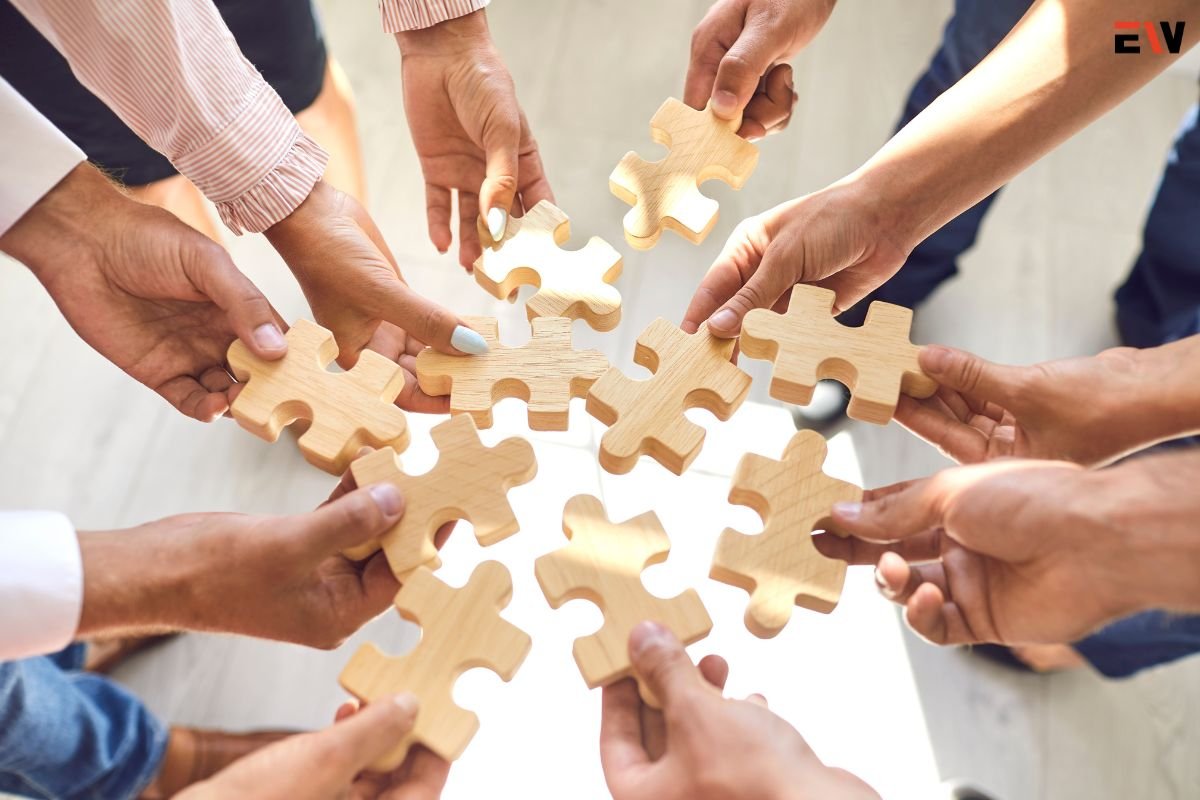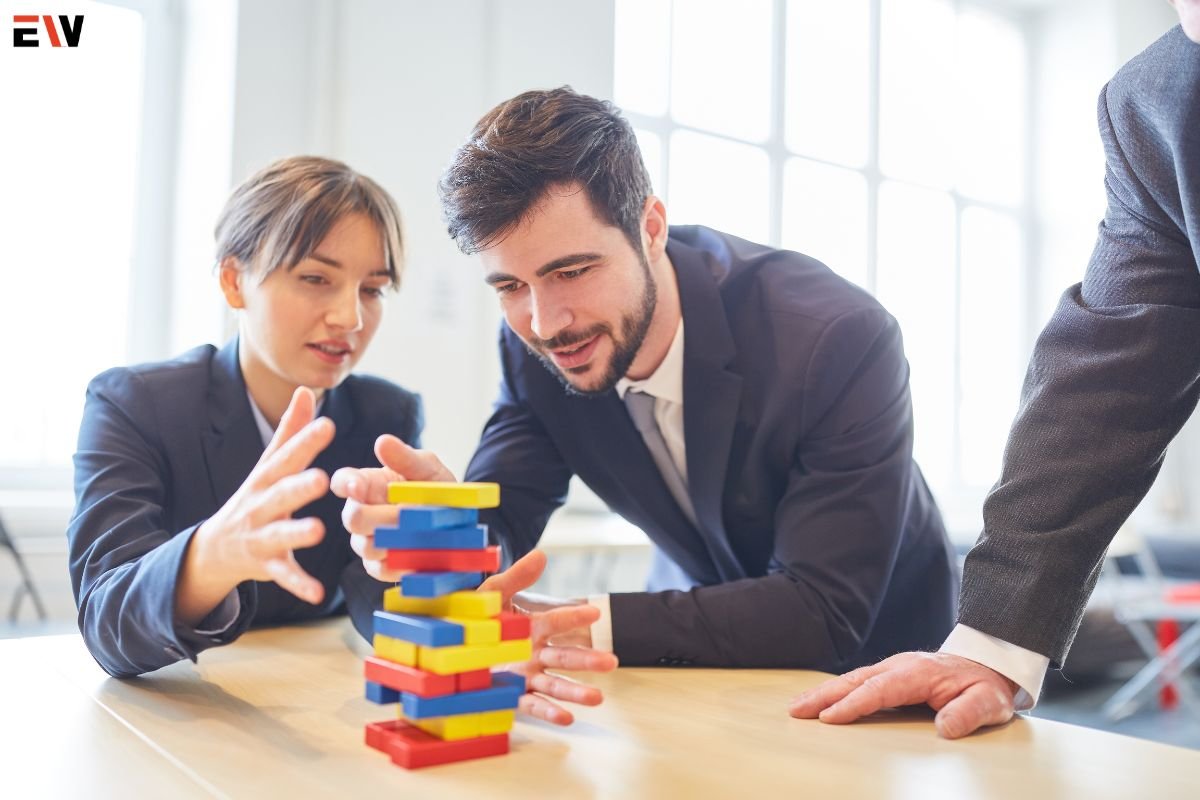In today’s fast-paced and interconnected work environments, fostering a strong sense of camaraderie, collaboration, and cohesion among team members is essential for driving productivity, innovation, and success. Team building activities offer a valuable opportunity for organizations to strengthen bonds, improve communication, and build trust within their teams, leading to higher morale, engagement, and performance. In this comprehensive guide, we’ll explore the significance of team-building activities, outline key strategies and best practices, and highlight their transformative impact on team dynamics and organizational culture.
Understanding Team Building Activities
Team-building activities are structured exercises, games, or experiences designed to promote collaboration, communication, and teamwork among team members. These activities range from icebreakers and trust-building exercises to problem-solving challenges and outdoor adventures, each tailored to the unique needs, goals, and dynamics of the team.
Key Strategies for Effective Team Building
1. Define Clear Objectives:
Before planning team-building activities, define clear objectives and outcomes aligned with the team’s goals and challenges. Whether it’s improving communication, fostering trust, or enhancing problem-solving skills, clearly articulated objectives provide focus and direction for the activities.
2. Tailor Activities to Team Dynamics:

Select team-building activities that resonate with the interests, preferences, and dynamics of the team members. Consider factors such as team size, demographics, and individual personalities to ensure that the activities are engaging, inclusive, and relevant to everyone involved.
3. Foster Collaboration and Communication:
Design activities that encourage collaboration, communication, and cooperation among team members. Emphasize the importance of active listening, empathy, and open dialogue to enhance team cohesion and problem-solving capabilities.
4. Promote Trust and Vulnerability:
Create a safe and supportive environment where team members feel comfortable sharing ideas, expressing opinions, and being vulnerable. Trust-building exercises and activities that promote transparency and authenticity can help break down barriers and foster deeper connections within the team.
5. Encourage Reflection and Feedback:
Incorporate opportunities for reflection and feedback into team-building activities to promote continuous learning and growth. Encourage team members to discuss their experiences, insights, and takeaways, and facilitate constructive dialogue to identify areas for improvement and development.
Types of Team Building Activities
1. Icebreakers and Energizers:
Icebreaker activities are designed to break the ice and build rapport among team members, especially in new or diverse teams. Energizers are quick, energizing activities that help boost morale and engagement during meetings or workshops.
2. Problem-Solving Challenges:

Problem-solving activities involve collaborative problem-solving exercises that require teamwork, creativity, and critical thinking. These activities can range from escape room challenges to outdoor scavenger hunts or puzzle-solving games.
3. Trust-Building Exercises:
Trust-building activities focus on building trust, empathy, and mutual respect among team members. These activities may include trust falls, blindfolded trust walks, or team-building games that require cooperation and reliance on one another.
4. Outdoor Adventures and Retreats:
Outdoor team-building activities, such as ropes courses, wilderness retreats, or adventure challenges, provide opportunities for team members to bond, overcome obstacles, and build trust in a natural and immersive environment.
5. Skill-Building Workshops:
Skill-building workshops offer opportunities for professional development and growth, focusing on specific skills or competencies relevant to the team’s objectives and challenges. These workshops may include leadership training, communication skills, conflict resolution, or resilience building.
Transformative Impact of Team Building Activities
1. Improved Communication and Collaboration:
Team-building activities enhance communication and collaboration among team members, breaking down silos, improving interpersonal relationships, and fostering a culture of openness and cooperation within the team.
2. Enhanced Morale and Engagement:
Team building activities boost morale and engagement among team members, creating a positive and supportive work environment where individuals feel valued, motivated, and connected to the team’s mission and goals.
3. Strengthened Trust and Cohesion:
Team building activities build trust and cohesion within the team, fostering a sense of camaraderie, mutual respect, and shared purpose that translates into higher levels of trust, reliability, and accountability among team members.
4. Increased Creativity and Innovation:

Team building activities stimulate creativity and innovation by encouraging divergent thinking, risk-taking, and experimentation within a safe and supportive environment. By fostering a culture of creativity, teams can generate new ideas, solutions, and approaches to complex challenges.
5. Enhanced Problem-Solving and Decision-Making:
Team building activities improve problem-solving and decision-making skills by providing opportunities for teams to practice collaboration, critical thinking, and decision-making under pressure. By working together to overcome obstacles and achieve common goals, teams develop the resilience and agility needed to navigate challenges effectively.
Conclusion
Team building activities play a vital role in fostering collaboration, communication, and cohesion within teams, driving engagement, morale, and performance in today’s dynamic work environments. By investing in strategic team-building initiatives, organizations can strengthen bonds, improve teamwork, and cultivate a positive and supportive culture that empowers individuals to thrive and succeed. As teams continue to evolve and adapt to changing needs and challenges, the transformative impact of team-building activities will remain essential for building resilient, high-performing teams that achieve extraordinary results.









